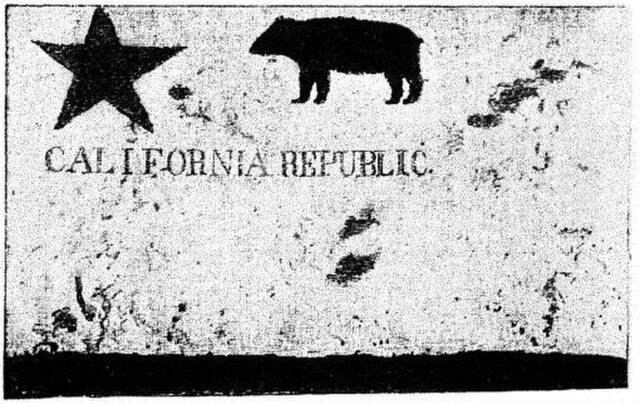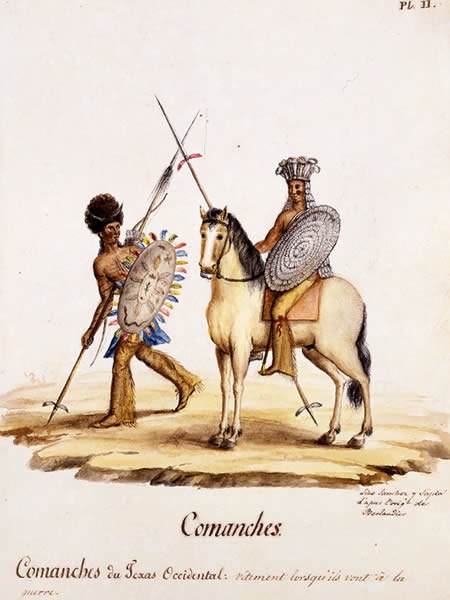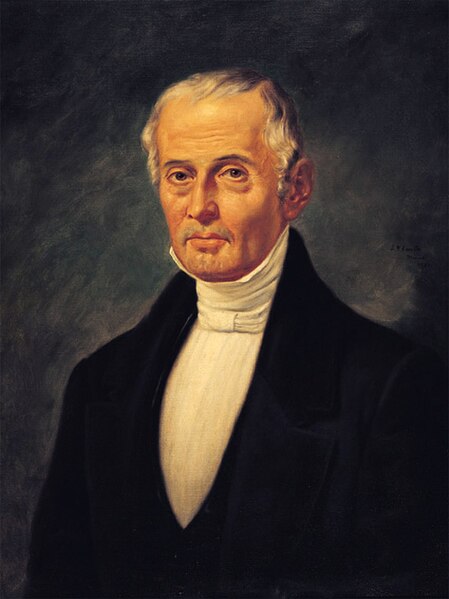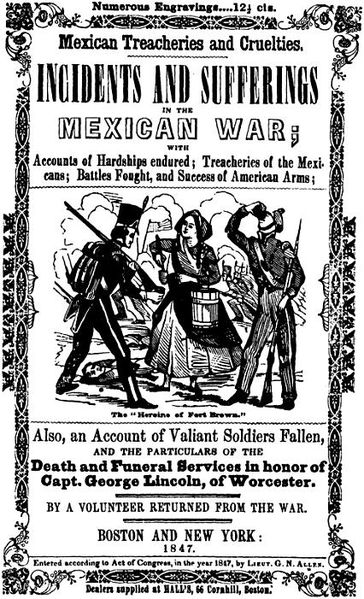The California Battalion was formed during the Mexican–American War (1846–1848) in present-day California, United States. It was led by U.S. Army Brevet Lieutenant Colonel John C. Frémont and composed of his cartographers, scouts and hunters and the California Volunteer Militia formed after the Bear Flag Revolt. The battalion's formation was officially authorized by Commodore Robert F. Stockton, commanding officer of the U.S. Navy Pacific Squadron.
The original Bear Flag, photographed in 1890
The Mexican–American War, also known in the United States as the Mexican War, and in Mexico as the United States intervention in Mexico, was an invasion of Mexico by the United States Army from 1846 to 1848. It followed the 1845 American annexation of Texas, which Mexico still considered its territory because Mexico refused to recognize the Treaties of Velasco, signed by President Antonio López de Santa Anna after he was captured by the Texian Army during the 1836 Texas Revolution. The Republic of Texas was de facto an independent country, but most of its Anglo-American citizens who had moved from the United States to Texas after 1822 wanted to be annexed by the United States.
Comanches of West Texas in war regalia, c. 1830.
Liberal Valentín Gómez Farías, who served as Santa Anna's vice president and implemented a liberal reform in 1833, was an important political player in the era of the Mexican–American War.
U.S. Army full dress and campaign uniforms, 1835–1851.
Sarah A. Bowman "The Great Western", depicted as the Heroine of Fort Brown. At her death, she was buried with full military honors.





